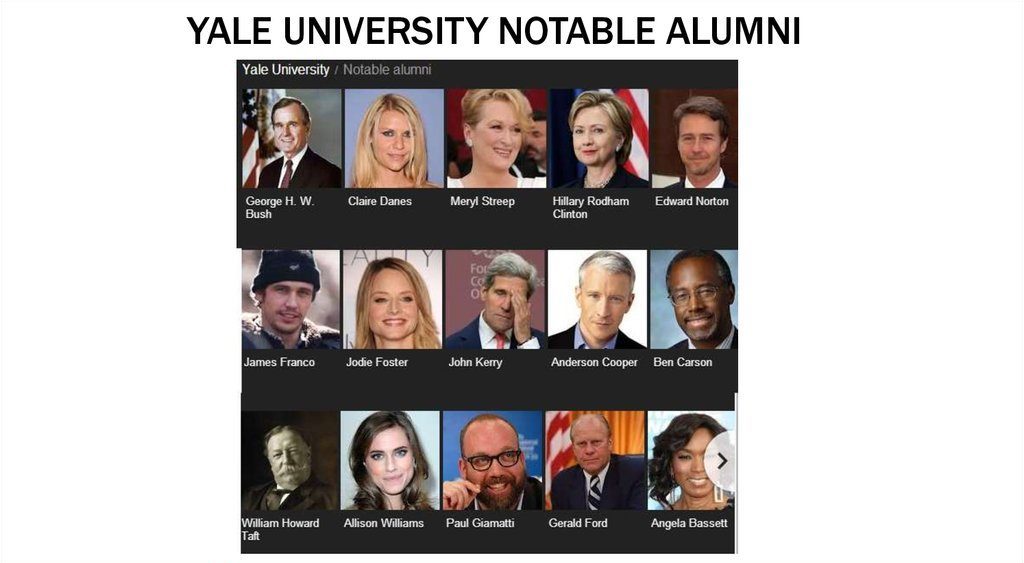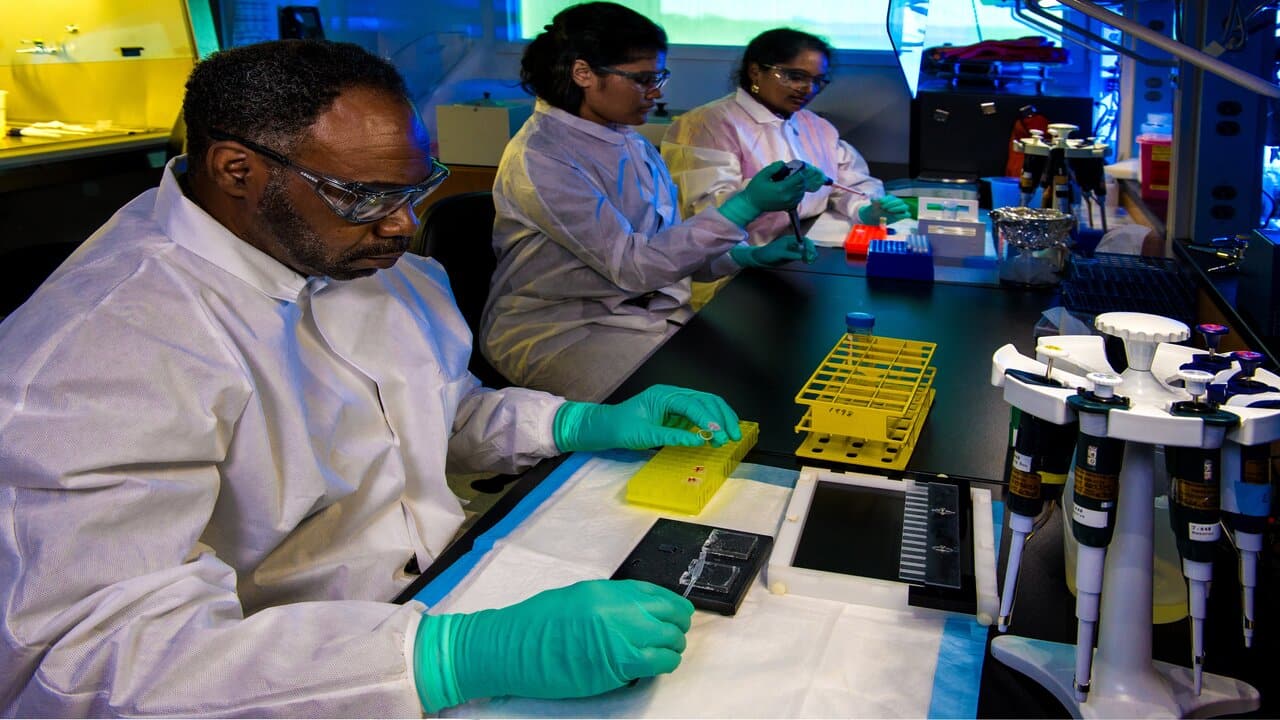With over 25,000 universities in the world and nearly 4,000 colleges and universities in, the U.S. alone, “the Ivy League Schools” always stand tall.
In this article, we will be taking an exploratory look at a list of schools regarded as the “Ivy League Schools”. We’ll also make you see why you should pay attention to these schools.
Please prepare yourself for a journey that’ll be informative, insightful, and entertaining. Please do well to read through this article to the end.
For starters, you may have been wondering what “ivy league” means. Let me quickly explain this.
Table of contents
What Is The Ivy League?
The Ivy League is also known as The Ancient Eight. It is a collegiate athletic conference in the United States that consists of eight private academic universities in the Northeast.
Beyond athletics, the name “Ivy League” is commonly used to refer to the eight schools as a group of elite colleges with implications of academic brilliance, admissions selectivity, and social elitism.
Ivy League universities are frequently regarded as the gold standard of higher education in the United States and around the world. Ivy League schools are among the most prestigious and the most sought-after colleges and universities in the United States and around the world.
SEE ALSO: What Are Public Ivy League Schools? Overview and Features
An Overview of the Ivy League
The Ivy League is an athletic association comprised of eight private schools and universities at its most basic level. The Ivy League, however, refers to a lot more than only college sports.
Ivy League is made up of schools with centuries of history, tradition, and distinction. All but one of the Ivies, which are located in the Northeast, predates the American Revolution. Harvard, for example, was founded in 1636, making it the country’s oldest institution of higher learning.
However, the term “Ivy League” did not arise until three centuries later. Stanley Woodward, a sports writer, coined the term “ivy schools” after writing about the football season at the “ivy schools” in 1933. The sports conference was founded in 1954, after a two-decade wait.
The standards for student performance and admission became increasingly stringent and rigorous as the sporting teams of these institutions began to draw more financing and popularity.
As a result, since the 1960s, these Ivy League schools and colleges have earned a reputation for generating graduates who excel academically, have social status, and have bright professional prospects.
These colleges have maintained their reputation to this day, and they have a significant representation among the top-ranked universities in the United States.
Most people nowadays identify the word “Ivy League” with highly competitive, prestigious universities and use it as a yardstick for judging high-quality education.
Now that you have been updated on the ivy league, let us take a closer look at the 8 schools that make up the Ivy League.
READ ALSO: How To Get Into An Ivy League School | Step-By-Step Guide
The Ivy League Schools
1. Brown University
Brown University is a private research university that uses an open but challenging and flexible curriculum to allow students to create their own course of study while also learning to think creatively and take intellectual risks. It is in Providence, Rhode Island, and was founded in 1764.
This open undergraduate program offers rigorous multidisciplinary study in over 80 majors, including egyptology and assyriology, cognitive neuroscience, and business, entrepreneurship, and organizations.
The school is extremely selective, it has 7,160 undergraduate enrollment with just 8% of applicants being accepted, and the average student must have an SAT score of 1440-1520 or an ACT score of 32-35.
READ ALSO: Study in Brown University: ADMISSION, TUITION FEES, COURSES, RANKING, SCHOLARSHIPS
2. Columbia University
Columbia University is a private university located on Manhattan’s Upper West Side, New York City. Columbia University is the state’s oldest institution of higher learning. It was established in 1754.
Columbia College, the Fu Foundation School of Engineering and Applied Science, and the School of General Studies are the university’s three undergraduate schools.
The business and law schools, as well as the Teachers College and the Vagelos College of Physicians and Surgeons, are all highly recognized graduate and professional schools.
Columbia University is very Selective with a 6% acceptance rate even though they have about 8,221 undergraduate enrollment and typical SAT scores of 1450-1560 or ACT scores of 33-35.
SEE ALSO: Columbia University Admission Requirements: SAT, ACT Score in 2024
3. Yale University
Yale University is a liberal art and research university in New Haven, Connecticut. Yale was founded in 1701. It is ranked first among colleges in America with the top instructors and first among institutions to study history.
Yale University’s drama and music programs at the prestigious Yale School of Drama are well-known.
This University comprises 12 professional schools, including the country’s top-ranked law school and highly ranked schools of medicine, management, art, and nursing in addition to Yale College and Yale Graduate School of Arts and Sciences.
Social sciences, biological and biomedical sciences, history, mathematics and statistics, and engineering are among Yale’s most popular majors.
The university boasts a number of firsts: It was, for example, the first university in the United States to provide doctoral degrees, and the Yale School of Public Health is one of the first of its type.
It has a low acceptance rate of only 6%, 6,092 undergraduate enrollment, and accepts students with an average SAT score of 1460-1570 and an ACT score of 33-35.
READ ALSO: Yale University Acceptance Rate in 2024 | Admission Requirements
4. University of Pennsylvania
The University of Pennsylvania usually known as “Penn,” is a public research university in Philadelphia, Pennsylvania.
It is a huge school, with an average of 10,000 undergraduate students, and it is competitive, nursing, economics, and finance are among the most popular degrees at Penn, which is ranked as the best business school in the country.
The University of Pennsylvania, which was founded in part by Benjamin Franklin, offers a mix of world-class liberal arts coursework and pre-professional education.
The Wharton School, the School of Engineering and Applied Science, the Perelman School of Medicine, and the education and law schools are among Penn’s top regarded graduate institutions.
There is the Stuart Weitzman School of Design and the School of Dental Medicine which are more renowned graduate institutions at Penn.
The School of Engineering and Applied Science boasts a distinguished faculty, cutting-edge research facilities, and multidisciplinary programs.
Penn has 11,872 undergraduate enrollment with an admittance rate of 8%. The average SAT score ranges from 1420 to 1550, and the ACT score ranges from 32 to 35.
5. Princeton University
Princeton University is a private research university in Princeton, New Jersey. The university was established in 1746, making it the fourth oldest in the country.
Princeton, a world-renowned research university, is ranked first in most National Universities list. Princeton has excellent academic resources, including specialized libraries, cutting-edge laboratories, and even a campus art museum.
It is a medium-sized university with roughly 5,000 undergraduate students. Social sciences, engineering, computer and information sciences, support services, biological and biomedical sciences, public administration, and social service professions are among the most popular majors at Princeton University.
It is ranked as the second finest college in the United States for political science and public policy analysis.
Princeton has a very low acceptance rate of only 5% And SAT scores range from 1440 to 1570, while ACT scores range from 32 to 35.
Read more about Princeton University: Admission, Tuition, Scholarships, Courses, Ranking
6. Harvard University
The most well-known Ivy League school is Harvard University. It is located in Cambridge, Massachusetts. Harvard University, founded in 1636, is the country’s oldest university and one of the most prestigious in the Ivy League.
It is a medium-sized university with approximately 7,000 undergraduate students. Harvard is a private academic university with over 100 research facilities on campus.
There are 13 schools and institutes at Harvard, including the top-ranked medical school in the United States, as well as highly ranked business, graduate education, engineering, and law schools, as well as the John F. Kennedy School of Government.
In addition, the university has one of the best freshman retention rates in the country.
Harvard is likewise a very tough school, with only 5% of applicants being accepted. The SAT scores of accepted students normally range from 1460 to 1580, with an ACT score of 33 to 35. According to Niche’s 2020 Best Colleges, Harvard is the best college for biology and political science.
READ ALSO: Harvard University Acceptance Rate
7. Dartmouth College
Dartmouth College is a private liberal arts college in Hanover, New Hampshire.
The Tuck School of Business, which contains the world’s first graduate school of management, as well as the Thayer School of Engineering and Geisel School of Medicine, are all part of the college.
It is New Hampshire’s number one school. In sectors ranging from medicine and the arts to engineering and business, the college boasts more than 50 research-focused centers, institutes, and groups.
With just over 4,000 undergraduate students, it is a relatively modest school when compared to other Ivy League colleges. Dartmouth is quite selective, with a 9% acceptance rate, and accepts students with SAT scores ranging from 1420 to 1560 and ACT scores ranging from 31 to 35.
8. Cornell University
Cornell University is a large university in Ithaca, New York, with about 15,000 undergraduate students. It is the youngest Ivy League school, having been founded in 1865.
Popular majors include biology, business, and computer science. It was placed #1 in Best Colleges for Agricultural Sciences in America and #3 in Best Colleges for Architecture in America in Niche’s 2020 Best Colleges.
Cornell University has an admittance rate of 11%, with average SAT scores ranging from 1390 to 1540 and ACT scores ranging from 32 to 34.
Why Are Ivy League Schools Worth Your Attention?
For a variety of reasons, these universities are likely to be the first to catch your eye while looking for undergraduate and graduate degrees.
To begin with, they devote a significant amount of resources to attracting bright, hardworking, and career-minded students from all over the world, including you.
Second, it goes without saying that these institutions support students in their professional endeavors.
When it comes to a variety of professions, ranging from law and medicine to electrical engineering and business, Ivy League universities genuinely dominate. Obtaining a degree from one of these institutions will open many doors for you in the future.
However, with tuition costs averaging between 55,000 and 60,000 USD per year, these colleges are among the most expensive in the United States.
Fortunately, they also provide excellent financial assistance in the form of scholarships to their top students. It’s possible that you’re one of them!
Conclusion
And now you know all the I’ve league schools. These institutions are very unique in their own way. It’s very important you know them, this will assist your search for a college to attend.
We hope this article was insightful. Do well to apply the information here to your search for an institution.
FAQs On Ivy League Schools
The following are Ivy League Schools:
Harvard University
Columbia University
Cornell University
Yale University
University of Pennsylvania
Princeton University
Brown University
Dartmouth College
The University of Chicago is the most expensive college in the US. A University of Chicago student pays $81,531 each year. It is the most costly four-year university in the United States.
Stanford is undeniably a renowned college with a high national ranking and selectivity rate comparable to Ivy League schools, it is not an Ivy League school simply because it is not a member of the Ivy League.
There are 8 Ivy League schools and not 12. They are; Brown University, Columbia University, Cornell University, Dartmouth College, Harvard University, Princeton University, The University of Pennsylvania, Yale University
The name “Ivy League” is commonly used to refer to the eight schools as a group of elite colleges with implications of academic brilliance, admissions selectivity, and social elitism.
References
- usnews.com– Ivy League Schools
- bestcollegereviews– Ivy League History
- usnews.com– Best Ivy League Colleges
- bestcolleges.com– What is Ivy league?
We Also Recommend
DISCLOSURE: This post may contain affiliate links, meaning when you click the links and make a purchase, we receive a commission.






1 comment
Comments are closed.